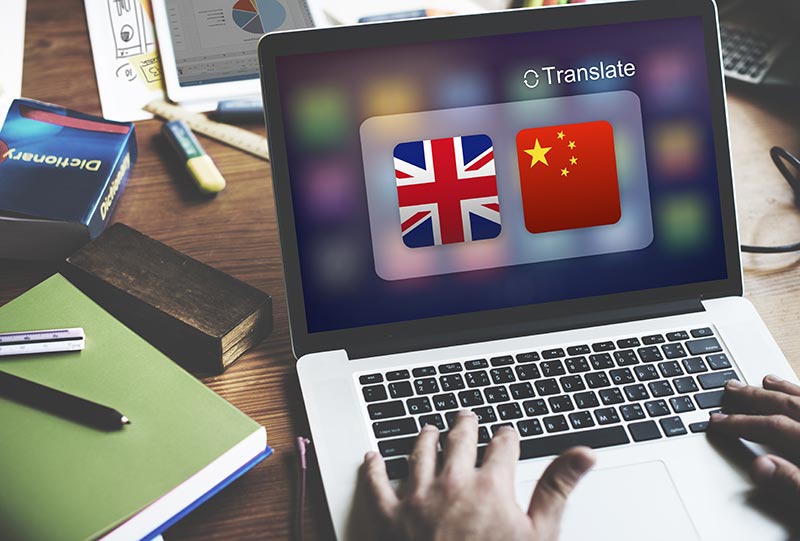Whether we like it or not, it is a well-established fact that we need various documents provided in multitude of languages.
Machine translation is improving every year and technology companies are constantly telling us that AI algorithms are close to replacing human translators.
Artificial intelligence has changed the nature of machine translation, turning it into a tool that can improve and learn by itself. Before recent breakthroughs in AI technologies, such as deep learning and neural networks, machine translation algorithms had to be manually created, tested, and managed every step of the way. Minor improvements required hours, days and even years of programming labour, by… you guessed it humans.
In reality, we’re a long way from algorithms replicating complex cognitive behaviour, such as the decision-making processes made in translation, without any human input.
We are not going to see any rise of the machines in the near future.
Google Translate can be helpful but has numerous shortcomings. Another option might be someone in the office who speaks one or two of the languages required. A Law firm or any of the various business sectors would probably be inclined to use the services of in-house staff because it’s the cheapest and most available option.
However, what is often overlooked is the complexity and subtleties of each language.
Language is vibrant, colourful, exuberant, vivid, and concise. Each language has its own shades of nuances which enhance how we experience what we read or hear.
Not only can well-written language provide pleasure, as in fiction, but more importantly it provides clarity and precision – and these qualities are essential in any professional setting.
Rather than risk the potential legal liability, it pays to engage the services of a professional translator.
A group of words established by usage as having a meaning not deducible from those of the individual words.
Put another way: idioms are sentences that sound ridiculous to everyone but the native speakers who use them.
For example,

Portuguese Idiom: “Quem não tem cão, caça com gato”
Literal Translation: “He who doesn’t have a dog hunts with a cat”
What it means: You make the most of what you’ve got.
French Idioms; ‘avoir la moutarde qui monte au nez’
Literal Translation; to have mustard up your nose.
What it means: To lose one’s temper.
Lithuanian Idiom: “Lyja kirviais.”
Literal Translation: It’s raining axes.
What it means: It’s raining cats and dogs.
To be able to accurately convey the sense of the idiom is one thing; finding an equivalent phrase in the target language which also reflects the original tone and sentiment presents more of a challenge.
It is for these reasons that human analysis of language is imperative. Human translators will either be native speakers or at the very least fluent in the target language.
Professional Linguistics are highly qualified specifically in the field of translation and they often work in their chosen fields in translation-focused roles. This means that formal and technical styles of translation are far superior to anything that can be produced by machine. This is particularly evident where machine-based translators often leave the words or phrases in the original language if they cannot find a suitable translation.
The only way to genuinely achieve quality, reliability and accuracy in translation is not through shortcuts, but through the experience, knowledge, skill, and technique that comes with a highly qualified translator who has a professional eye and a rigorous knowledge of the subtleties of language. In this case there is no substitute for human intervention.
